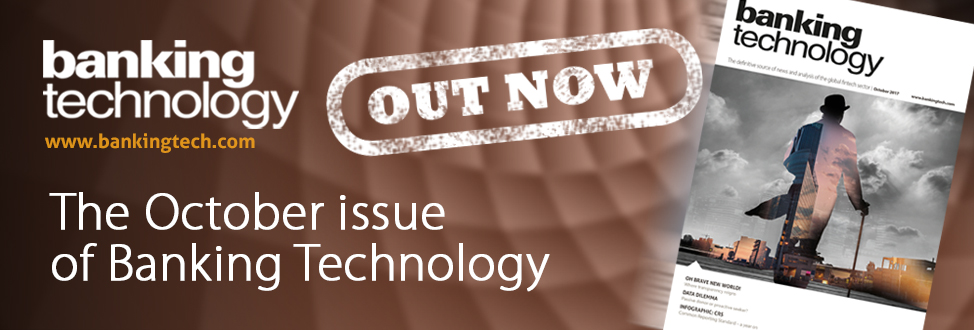Banking on a new competitive environment – marketplace banking
Marketplace banking has the potential to deliver an interconnected financial services industry where banks can get closer to their small business customers explains Peter-Jan Van de Venn, CCO of Dutch digital core banking platform provider Five Degrees.
Various studies have found that banks have neglected the needs of small businesses when it comes to delivering digital services for reasons including the impact of complex ownership structures on customer onboarding and difficulties establishing creditworthiness of early stage businesses.
Alternative finance providers and other fintechs have been quick to target this sector, leading some small businesses to question the value of traditional banks. Marketplace banking offers these institutions an opportunity to maintain their value to these customers.
In this environment, banks and fintechs provide customers with access to products and services from other providers as well as their own, interconnecting via open APIs. We have already seen Zopa partner with Metro Bank to allow the bank to lend its funds on the P2P platform and we will see more banks connecting to third party ecosystems to add value for their customers.
We believe the banking industry is moving towards a more interconnected model where banks will use the services of their competitors to fill gaps in their offerings. Dutch online bank Knab is an example of how smaller, more nimble organisations can bridge the gap that has developed between the established banks and the small business community.
We helped Knab to deliver the first digital-only, paperless onboarding process for SME banking customers in the Netherlands, which enabled them to sign up business customers in minutes, compared to the weeks it took for these enterprises to open an account with a high street bank.
Another interesting strategy adopted by Knab was providing third party crowdfunding services to SMEs. The theory was that it would be more efficient to use existing crowdfunding platforms than to build a new platform from scratch.
The bank understands that it is effectively connecting customers to its competitors, but it has recognised that if small businesses are going to access alternative sources of finance it is better for them to do so within the bank’s platform. This way the bank retains visibility of these clients and the possibility to provide them with additional services in the future.
This is a classic marketplace banking scenario where the bank acts as a financial service distribution platform, offering access to products from other providers and in turn having the ability to sell its products to other banks.
We know that incumbent banks struggle to react quickly to market change. While this partly can be attributed to regulatory constraints, they are also burdened by legacy systems and the need to manage a much wider range of products and services than fintechs, who can target what BBVA’s CEO recently described as “one very thin slice of what a bank does” and do it better at a lower cost.
But disruptive technology is not just for challenger banks – it can also help established banks get closer to a customer base that has become disillusioned with the process of seeking funding or even just opening an account.
For example, we have developed a proof of concept for a UK bank that would allow it to connect to the accounting systems of its small business client and combine balance and transactional data with analytics to predict future funding needs.
This product – which has the potential to increase the efficiency of funding requests by letting the entrepreneur know in advance when their business will need access to finance based on current income and expenditure – means the bank could (with the customer’s permission) arrange a tailor-made funding solution that could be accessed when needed.
While the examples outlined above are European, industry analysts tell us there is global demand for this type of solution. As part of our drive to become a global provider of marketplace banking solutions we will be running demos of our product at FinovateAsia 2017 in Hong Kong.
We already have more than 80 connections with fintechs – the next step is to have these adaptors in an “app store” in the cloud that banks could use to buy a service and connect it to their own systems.
The financial technology ecosystem will look very different in ten years’ time. The work we are doing now is about giving banks the opportunity to make full use of the development work undertaken by fintechs to remain relevant.
To find out more about the benefits of marketplace banking download the free whitepaper:
From traditional bank to marketplace bank
This article is also featured in the October 2017 issue of the Banking Technology magazine. Click here to read the digital edition – it is free!













































